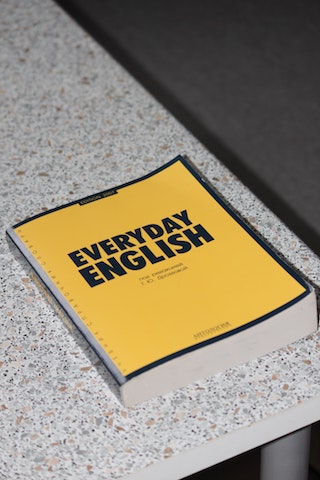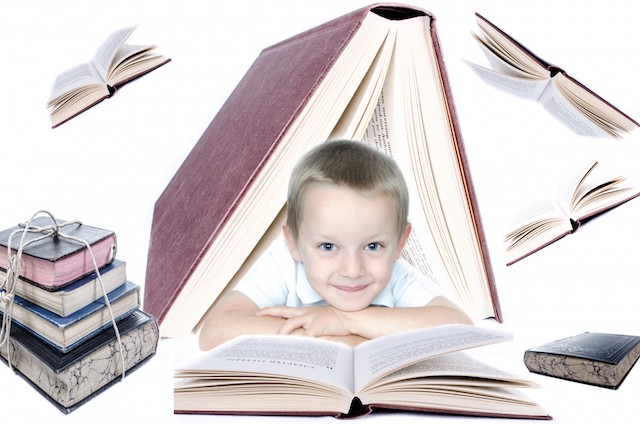How a Gratitude Journal Can Help Make Your Child Happier
What if there was a daily practice that could help your kids be happier throughout their lives? In fact, there is! It's called gratitude journaling, and it's a simple practice that leads to increased happiness.
Why Kids Should Start Gratitude Journaling
Studies show that practicing gratitude makes you happier. People who intentionally focus on recognizing people and things that they are thankful for—on a daily or weekly basis—report feeling happy for up to a month after the positive affirmations.
Expressing gratitude is also good for relationships. If we focus on the positive things about a person and acknowledge his or her kindness, it can improve our relationship with that person.
Plus, journaling is an authentic writing opportunity that also helps children academically with handwriting, spelling, and sentence structure.
As parents, we can help kids notice and seek out the positive things happening around them. This practice can become a habit that will hopefully follow them throughout their lives.
Tips for Starting a Gratitude Journal With Kids
1. Share Inspiring Read-Alouds
I find discussing a topic with my children is always easier with a good book—and that goes for gratitude, too. Here are two picks to read together with your kids.
Thank You, Mr. Panda by Steve Antony works particularly well for younger children. Mr. Panda is on a gift-giving mission for all of his animal friends. But his friends don't seem very grateful for the presents they receive. Little Lemur helps them to understand that it's really the thought that counts.
The award-winning The Last Stop on Market Street by Matt de la Pena is a beautiful choice for children of all ages. A young child travels with his grandmother on a bus, across the city of San Francisco, contemplating why he doesn't have things that others have. His wise grandmother points out the beauty of what they do have. Once they reach their destination, being thankful for what you do have sinks in deep.
2. Help Them Select a Journal
A gratitude journal can be very basic—just a sheaf of paper stacked together and stapled—or something more formal, like a spiral notebook or a more elaborate bound journal. The only other supply that's needed is a writing utensil.
3. Suggest Writing Prompts
Once you've read a few books about gratitude and have discussed what it means to be thankful, you're ready to introduce the journals.
I like to date each journal entry. Down the road, it's fun to look back and see what we were grateful for at different ages.
Then, the kids are ready to reflect and write down three things they are grateful for that day. This is best done at the end of each day. I like to use gratitude journals right before bed. It's the perfect ending to a day.
Here are a few prompts to help kids phrase their grateful thoughts.
- I'm thankful for...
- I appreciate...
- I'm grateful for...
- Thank you for...
It can take some time for gratitude journaling to become a habit for your child. So, have a set time and place for them to journal each day. Also, you as a parent can model this positive pasttime by keeping your own gratitude journal. The routine will help a journaling habit begin to form—and can help lead to a lifelong practice of thankfulness.
Reference:https://www.scholastic.com/parents/books-and-reading/raise-a-reader-blog/gratitude-journal-for-kids.html
Success Stories
Mind Puzzles In Books
The Benefits of Word Search Games For Kids
Is It Normal Memory Loss or Early Dementia?
How to Improve Brain Power Using Brain Exercise Games
How a Gratitude Journal Can Help Make Your Child Happier
10 Common English Language Errors

10 Heartwarming Stories of Pets Who Survived Natural Disasters

Top 10 Tips For Homeschoolers
